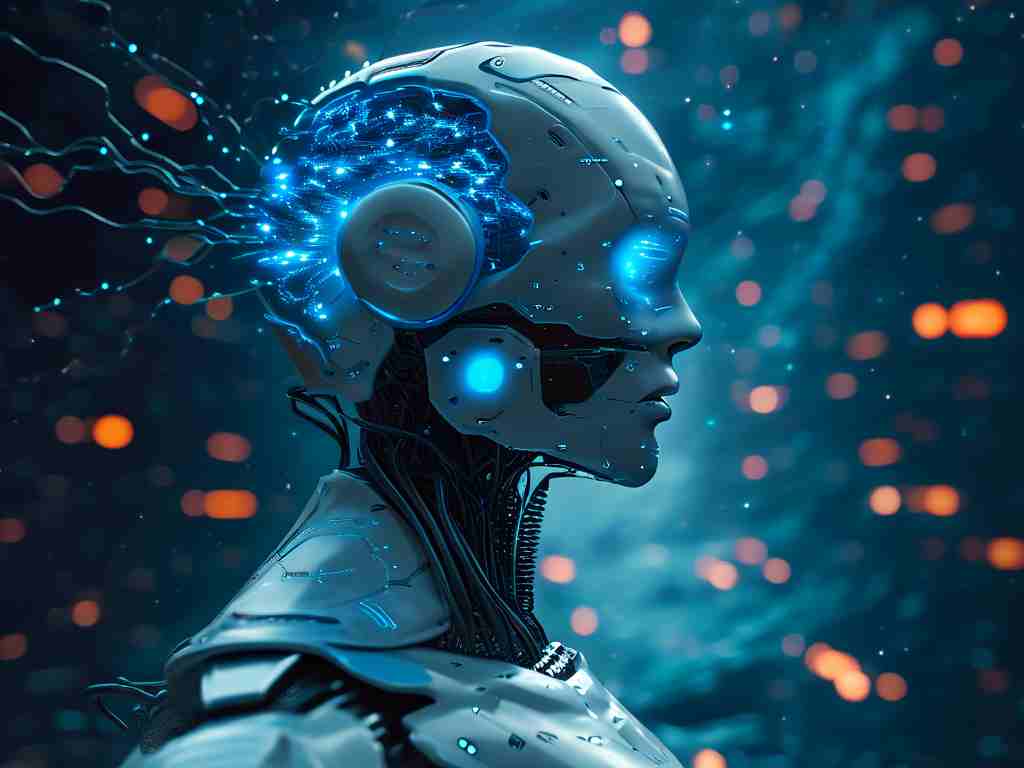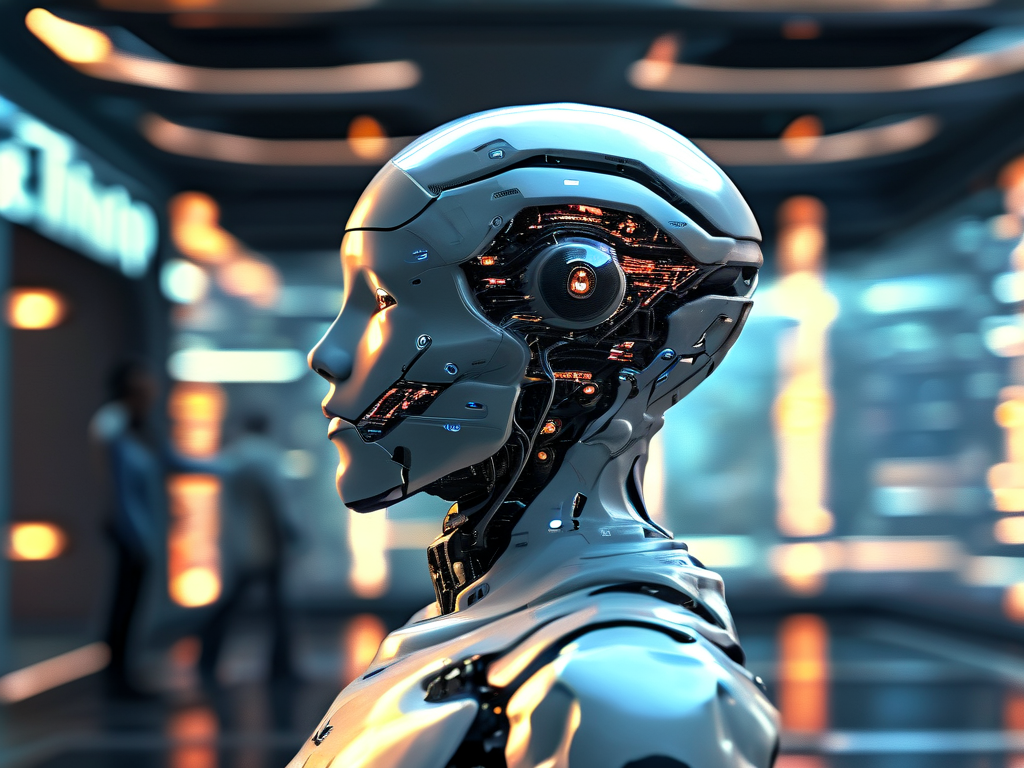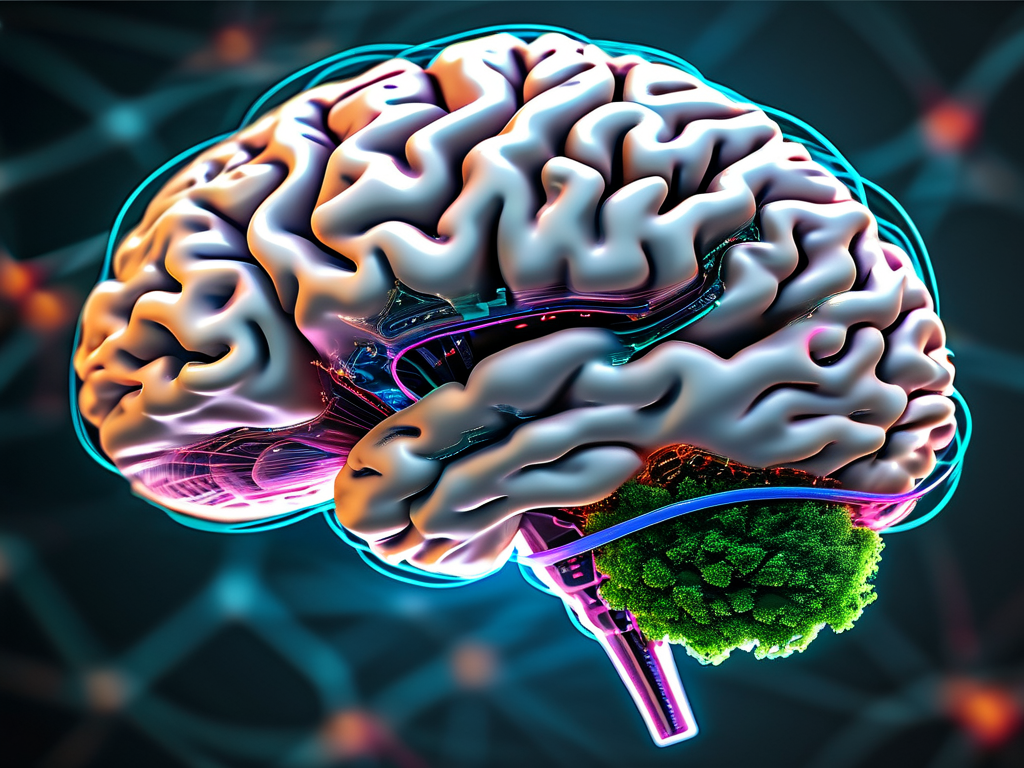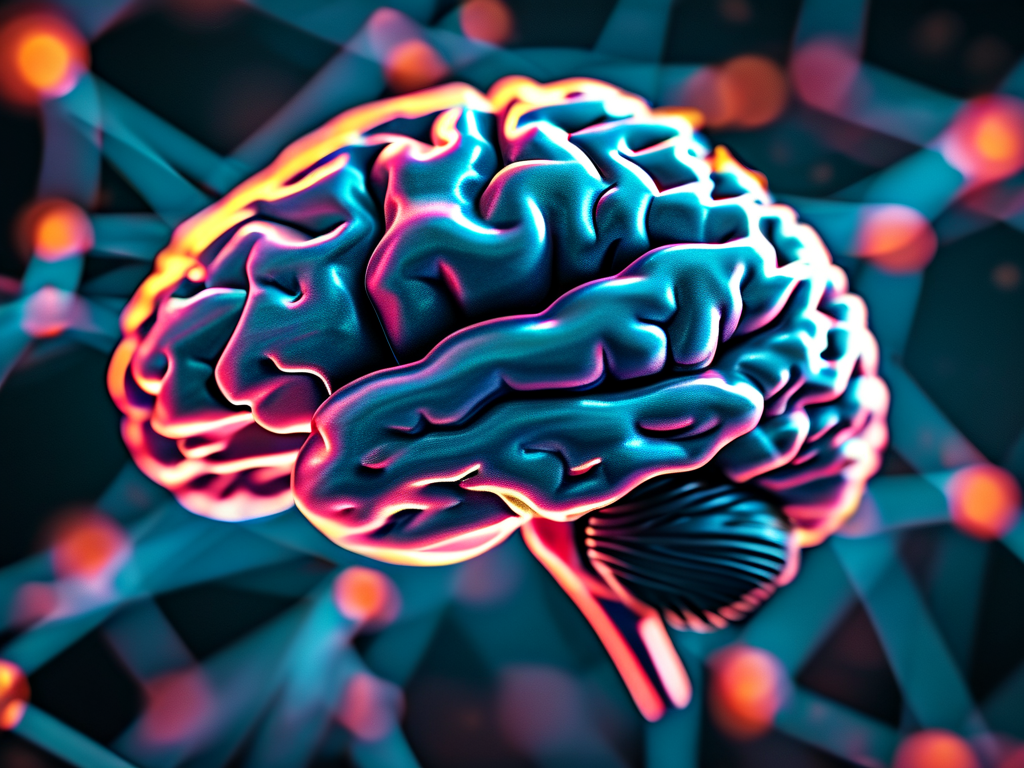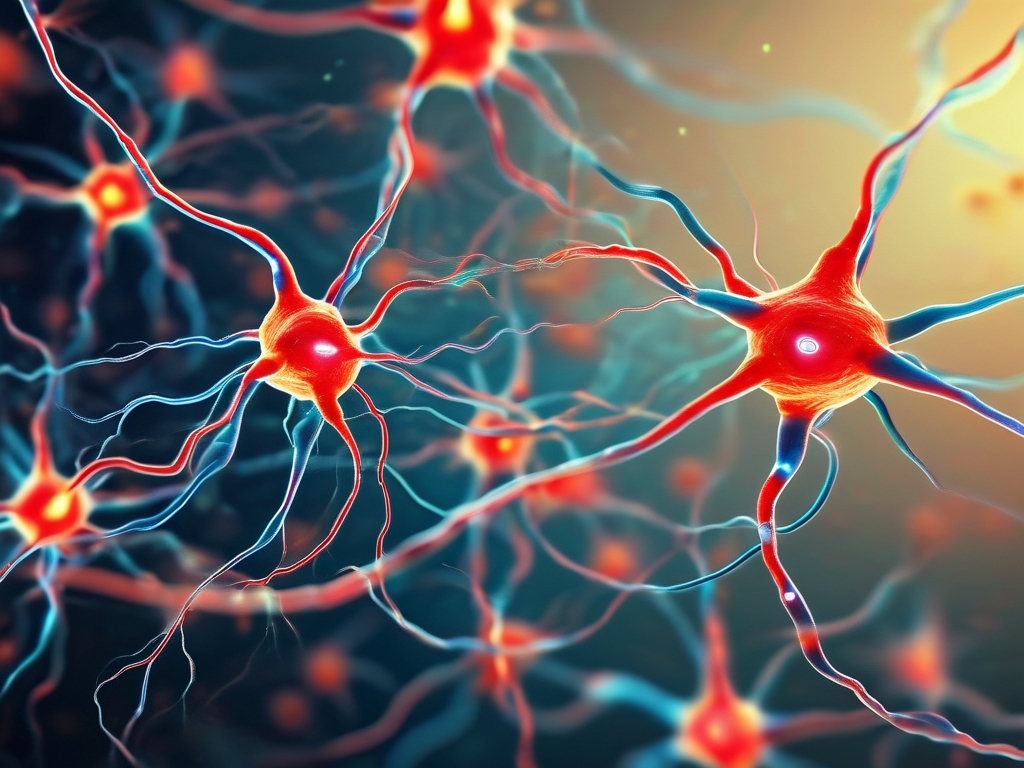The concept of a kitchen neural network might sound like science fiction, but it's rapidly becoming a reality in modern homes. At its core, this innovative system blends artificial intelligence with everyday culinary tasks, transforming how we prepare meals. Imagine walking into your kitchen where an AI analyzes your ingredients, preferences, and dietary needs to suggest perfect recipes—almost like having a personal chef powered by neural networks. This technology mimics the human brain's learning process, using layers of algorithms to process inputs and generate outputs, all tailored to make cooking smarter and more efficient. In this article, we'll dive into how kitchen neural networks work, their real-world applications, and why they're poised to revolutionize our kitchens.

To understand a kitchen neural network, think of it as a digital brain for your cooking space. Just as a neural network in AI consists of input layers, hidden layers for processing, and output layers for decisions, this kitchen version operates similarly. For instance, the input layer might receive data from sensors: cameras identifying vegetables on your counter, voice commands for desired dishes, or even smart scales measuring ingredient quantities. These inputs are fed into hidden layers where complex algorithms—akin to neurons firing—analyze patterns. Perhaps it compares your current setup to a vast database of recipes, learning from past successes to predict the best cooking methods. Finally, the output layer delivers actionable results, such as step-by-step instructions on a screen, automatic adjustments to oven temperatures, or alerts if something burns. This seamless flow reduces human error and saves time, much like how neural networks optimize data in tech applications.
One practical example involves recipe generation. Suppose you have leftover chicken, tomatoes, and pasta. A kitchen neural network evaluates these inputs through its hidden layers, drawing from millions of culinary data points to suggest a customized dish—say, a creamy tomato pasta bake. It factors in variables like cooking time, nutritional balance, and even your family's taste preferences learned over time. To illustrate, here's a simplified pseudocode snippet showing how this might work in Python using a mock neural network framework. Note that this is purely conceptual and not executable, but it highlights the logic:
import kitchen_nn as knn # Hypothetical module for kitchen neural networks
# Define input layer: ingredients and user preferences
inputs = knn.InputLayer(ingredients=["chicken", "tomatoes", "pasta"], preferences={"spicy": False, "healthy": True})
# Hidden layers process data with activation functions
hidden1 = knn.DenseLayer(units=128, activation="relu")(inputs)
hidden2 = knn.DenseLayer(units=64, activation="sigmoid")(hidden1) # Refines recipe options
# Output layer generates cooking instructions
output = knn.OutputLayer(units=1, activation="softmax")(hidden2) # Recommends top recipe
print("Suggested dish:", output.predict())
This code demonstrates the backbone of the system, where layers handle data transformation to yield personalized outputs. Beyond theory, real-world implementations are emerging. Companies like Samsung and Google are integrating neural networks into smart appliances, such as ovens that adjust heat based on food recognition or fridges that track expiry dates. These devices learn from user interactions, improving accuracy with each meal. For instance, after several uses, the network might notice you prefer crispy textures and automatically extend baking times. This adaptive learning not only enhances convenience but also promotes sustainability by reducing food waste through better inventory management.
Moreover, kitchen neural networks offer broader benefits beyond mere convenience. They democratize gourmet cooking, allowing novices to achieve professional results without years of training. By analyzing global cuisines, the AI can introduce diverse dishes, fostering cultural exploration at home. Health-wise, these systems monitor nutritional intake, suggesting balanced meals to combat obesity or allergies—imagine it flagging high-sodium options if you have hypertension. Economically, they cut costs by optimizing grocery lists and energy use, as seen in trials where households saved up to 20% on bills. However, challenges exist, such as privacy concerns with data collection or the need for robust error handling to prevent mishaps like overcooked meals. Developers address these by incorporating encryption and user feedback loops, ensuring the tech evolves safely.
Looking ahead, the future of kitchen neural networks is bright. With advances in AI, we might see fully autonomous kitchens where robots execute recipes flawlessly, backed by neural networks that simulate human intuition. This could extend to community scales, like shared cooking hubs in smart cities, reducing individual carbon footprints. As this technology matures, it promises not just efficiency but a reimagined culinary experience, blending tradition with innovation. Ultimately, kitchen neural networks represent a thrilling frontier, turning every kitchen into a hub of intelligent creativity.


